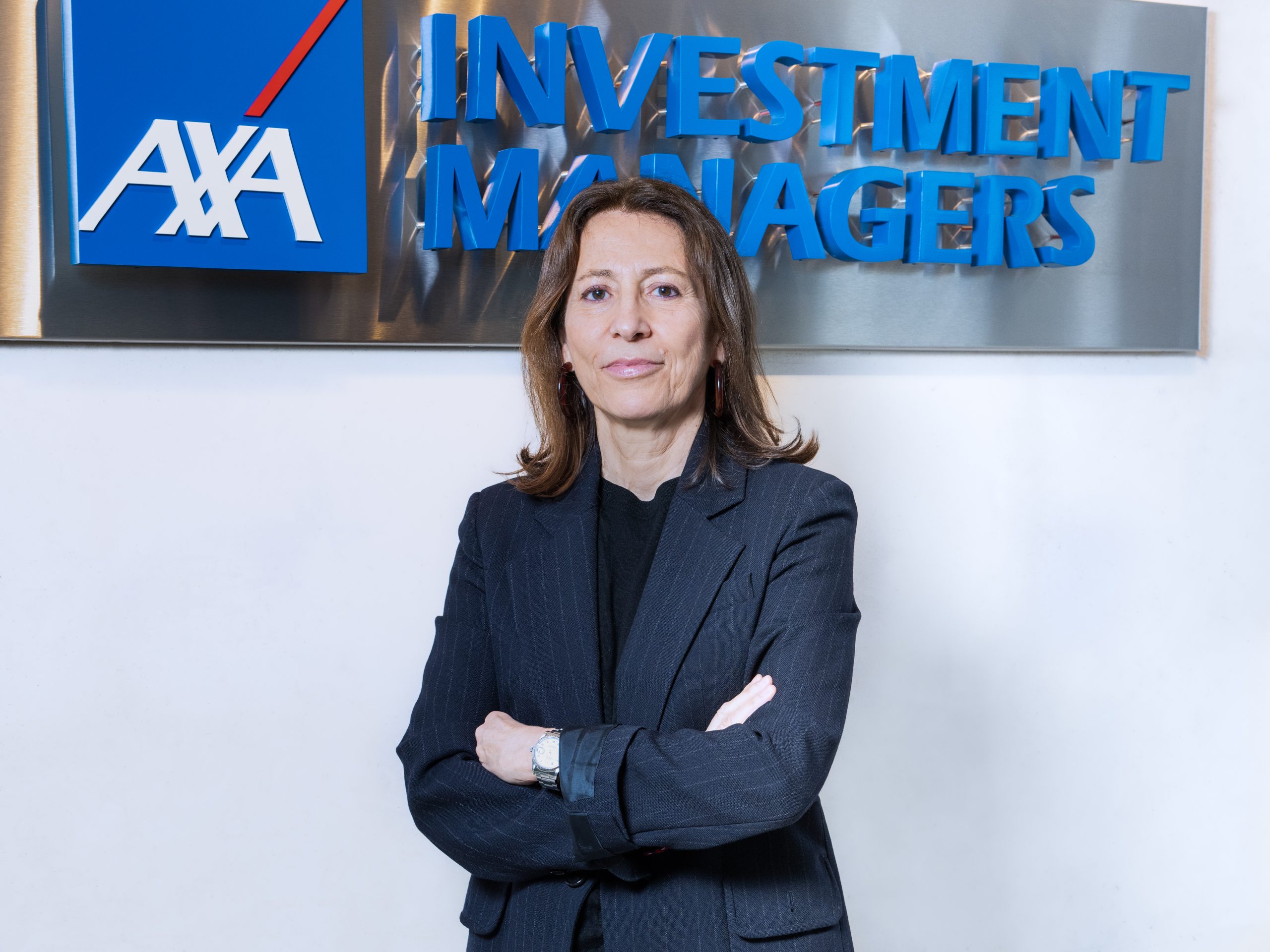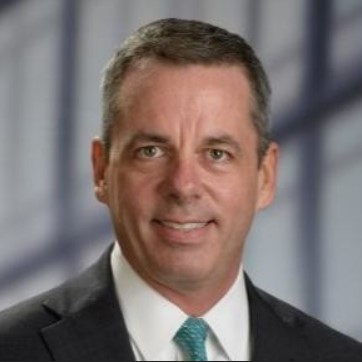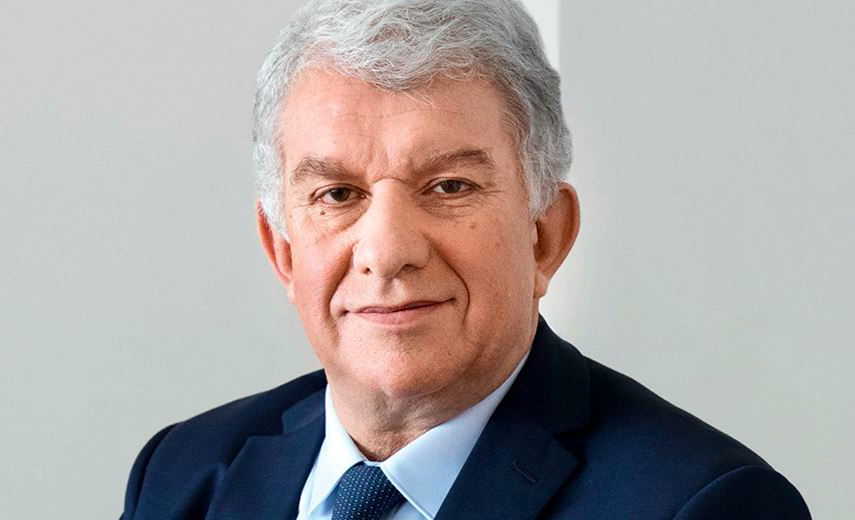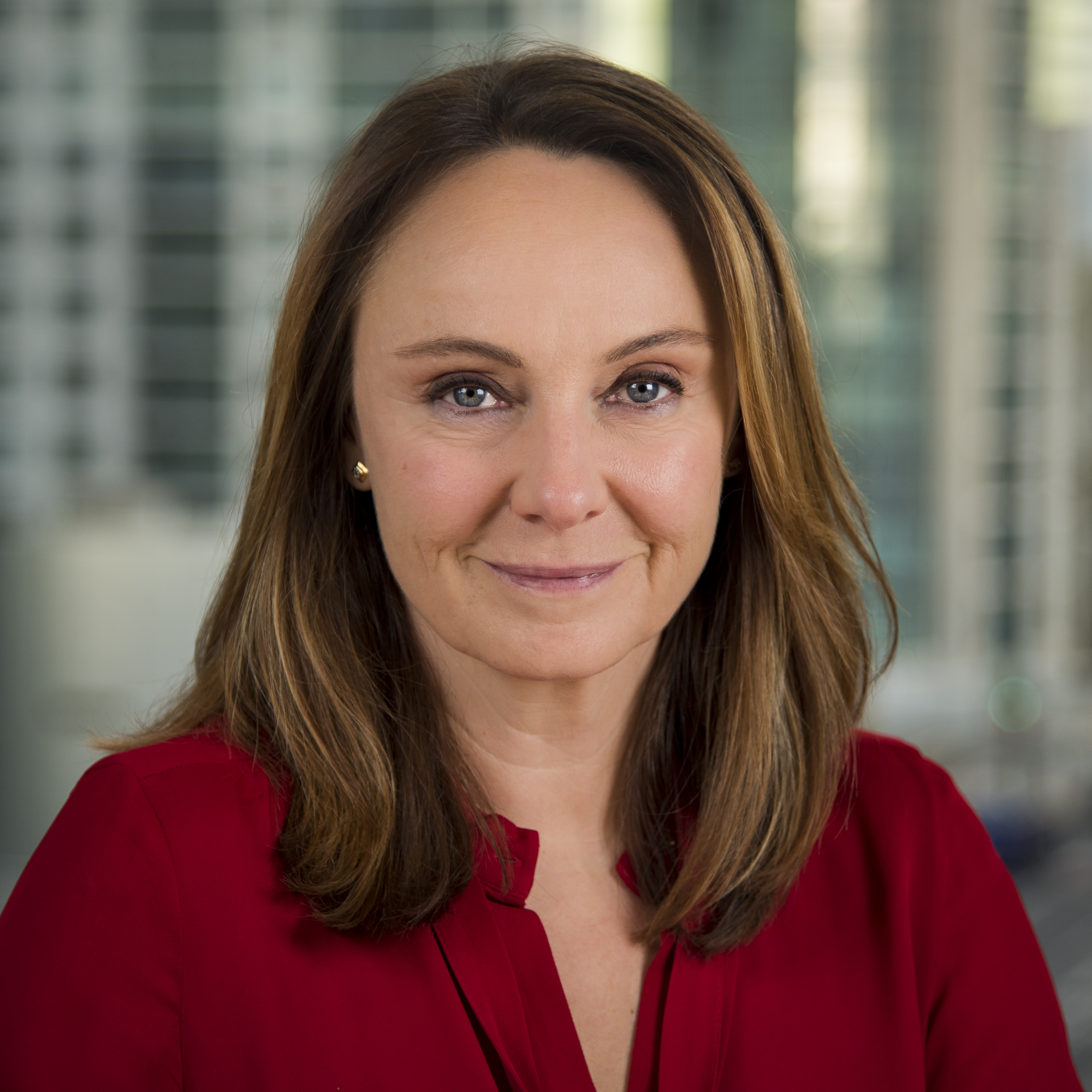AXA IM Names Beatriz Barros de Lis Head of Distribution for Americas
| By Beatriz Zúñiga | 0 Comentarios

AXA Investment Managers has announced in a press release the appointment of three senior executive leaders to support “the ongoing robust growth and performance” of the Americas Institutional, Wholesale, and Sub-Advisory businesses. Strengthening the sales and distribution team in the region, Beatriz Barros de Lis -previously Country Head for Spain and Portugal- has been named Head of Client Group Americas.
After 11 years at the helm of AXA IM Spain and Portugal, as part of her new role, Barros de Lis will lead the North America and Latin America Sales and Distribution team, both onshore and offshore, across Institutional, Wholesale, and Sub-Advisory. She will lead an experienced Sales and Client Service team, many of whom have significant tenure both at AXA IM and in the industry overall.
She was previously Country Head for Spain and Portugal, AXA IM, since 2010. Prior to that, she was managing director for the Spanish and Portuguese markets at Alliance Bernstein (AB). She is also currently a director at AXA Funds Management SA in Luxembourg. A graduate in Economics, she has worked in the asset management industry since 1994.
A single structure for Spain, Portugal and Italy
In addition, AXA IM has organized the sales areas to simplify and optimize its structure. As they have explained, the initiative stems from the decision taken last year to integrate the Client Group teams in Germany and Switzerland under what was called the DACH Group. The asset manager has pointed out that the success of this experience has driven this new regional approach for the sales teams.
Thus, the Western Europe area will combine France, Belgium and Luxembourg, while the Northern Europe hub will encompass the United Kingdom, the Nordic countries and the Netherlands. Within this new sales structure, the Southern Europe region will be created and will include Spain, Italy and Portugal, taking advantage of the synergies generated by the combination of skills and resources of the different team. It will be led by Pietro Martorella, until now Country Head of AXA IM Italy.
Other key appointments
Furthermore, Florian Bezault has been named Head of AXA IM Americas and Regional CFO Americas, after more than a decade of leadership roles within AXA Group. His primary responsibilities will focus on CFO leadership and strategy, and he will report to Godefroy de Colombe, Global Chief Operating Officer, and Jean-Christophe Menioux, General Secretary and CFO. Bezault assumes the responsibilities of his predecessor, Marcello Arona, who was recently appointed CEO AXA IM UK & AXA IM GS. Bezault has been with the AXA Group since 2008 and has held previous roles in Corporate Finance and Investor Relations at AXA’s Headquarters in Paris before joining AXA Mexico as Deputy Director of their Health Insurance Operations.
Meanwhile, José Manuel Fernández, Senior Sales Manager, joined AXA IM Mexico recently from Grupo Financiero Monex to support the firm’s continued commitment to clients in Mexico. In this role, he will report to Salvador Moreno, Head of Sales, AXA IM Mexico. Fernández brings over 20 years of industry sales experience, joining AXA IM from Grupo Financiero Monex where he was a Director of Sales in their asset management division focused on defined contribution and defined benefit plans.
AXA IM in the Americas is continuing to grow its third-party business across asset-classes and client segments throughout the region. “These new executive appointments support this business momentum throughout the U.S, Latin America and Mexico, with an emphasis on continued future growth and in support of new clients being on-boarded throughout the region”, has highlighted the asset manager. Its investment teams and strategy remain unchanged as a result of these announcements.









